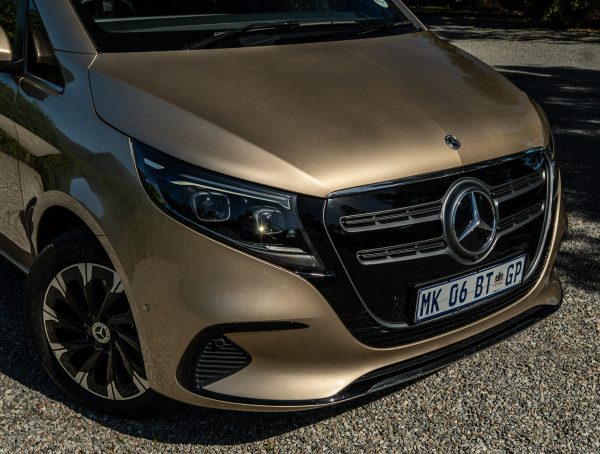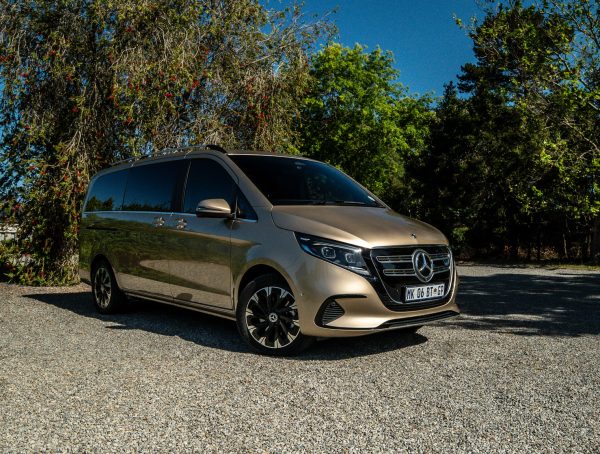If the Fiat 500 is an icon reborn, then why wouldn’t people want even more of an icon on their driveway? That’s the question the 2021 Fiat 500 arrives to address, slotting with Italian panache into the highly saturated small city car segment.
Now before we go on, I should confess some biases. I’ve got a soft spot for Fiat and for the 500 in particular, only because it looks blerrie good and its something I imagine my daughter zipping around town in. Mind you, I don’t have kids of my own yet.

Lest you think Stellantis is going to get a pass no matter what the 500 is like, however, there’s a flip side: I’m generally not convinced by riffs off design classics. The reborn 500, like BMW’s MINI, may do a fair job of distilling the appeal of their respective originals for the 21st century, but the umpteen derivations that follow seldom seem to possess the same charm.
The generous might describe the 500 as having a modern take on yesteryear’s 500’s style.
From the side, the rear roofline has the same pushed-forward slope as we’ve seen in previous years, and the prominent shoulder line runs all the way around, just as before. The arches are still there too. Its safe to say the body of the car has not changed much. If anything at all.
It has all of the cutesy charm you’d still expect
At the back, the silver-rimmed taillamps have a little of the Rolls-Royce Wraith about them, put the two next to each other and you’ll understand, but the stacked silhouette is all Fiat. It has all of the cutesy charm you’d still expect.

Then again, perhaps cute isn’t quite what Fiat needs. Though the 500 remains the “icon” of the brand.
Unlike their European counterparts, who will get a multitude of engine and transmission options, Mzansi showrooms will offer just one. It’ll be a 0.9-litre TwinAir two-cylinder turbocharged petrol engine mated either to a five-speed manual or MTA (automated manual) transmission, good for 62.5kW and 145Nm of torque. It certainly comes across in the drive, not in a good way.
Don’t get us wrong, the engine of the 500 feels less refined. At first my driving partner and I drove the Dolcevita Cabriolet trim, it doesn’t feel noticeably underpowered, but it has a tendency to sound raucous – and not in a race car way – when pushed. The gearbox, meanwhile, could hardly be described as snappy, and while Fiat has shown it can do a manual transmission right with its Sport trim, the somewhat anodyne throw of the shifter in the 500 is nowhere near as responsive.

Better, then, to look to the manual transmission – as Fiat expects most of its buyers to – where the power comes with less aural racket. Overall the 500 result is a car that feels fairly dashing its nippy and does encourage you to dash for gaps and rapidly-closing spaces, throwing a “grazie!” over your shoulder by way of apology.

The rest of the cabin isn’t quite as great a success as that wheel, however. The 500’s dashboard is a mass of plastic but appealing all the same, the simply lines, bold gages, and body-coloured swathes unlikely to win awards for build quality yet playful nonetheless. The pictured above will surely win my future daughter’s heart.
Fiat has made a conscious effort to upscale the 500X’s interior, but some of the simplicity has been lost in the process. The combination of unnecessary contouring across the centre console, for instance, and the broad range of finishes to the plastic add up to something less cohesive.
The newly redesigned seats are excellent, well-bolstered and finished – in higher trim levels – with leather that belongs in a class above, but some of the switchgear has more wobble than you’d expect to find.

Dashboard colour makes a huge difference. The cars with body-matching panels feel far more akin to the spirit of the 500, brightening the interior (though the optional full-length double sunroof helps there, too) in the Connect, Sport and Dolcevita trims.
Either way, the driver gets a multipage digital colour display in the binnacle, while the infotainment system perches on top of the centre stack. How big a screen you get depends on which of the three options you’ve plumped for: the base Cult trim gets Uconnect 5-inch with a simple colour display and FM/AM radio, along with aux-in and USB.
Standard on the Connect, Dolecvita and Sport is the Uconnect with a 7-inch colour touchscreen, DAB and Bluetooth streaming and hands-free. And all the other features from the lower tiers.
It’s fair to say I’ve been critical of in-car infotainment systems before now, particularly those fitted to more affordable cars, but Fiat’s is actually solid. Physical navigation buttons switch between phone, navigation, media, and other pages, while the 5-inch display is crisp and responsive.
Entertainment options aren’t the only boxes that can be ticked. The 500 comes with ABS and traction control as standard, not to mention seven airbags and hill-start assist.
All in all, the 500 adds up to a pretty comprehensive package. The rear accommodation can be used as extra luggage space, to be honest, as fitting an adult or any child above the age of 10 might not be the best recipe for a comfortable road-trip. Meanwhile, boot space is good a grocery run at Woolies – for anything more rather opt to have it delivered to your doorstep.
It’s cars like the Honda HR-V that Fiat faces, across an increasingly crowded small-crossover space. While it may position itself as the quirky Italian choice, in actual fact the 500X equation is pretty straightforward: everyday practicality blended with some eye-catching style – whether you love it or hate it – along with equipment and safety levels that don’t demand a compromise despite you picking a smaller car.

The biggest difference, then, is the ambition. Ford (Fiesta) and others (Honda for the Fit) want to ship tens of thousands of crossovers, if not more; Fiat, on the other hand, is content to be as close to a boutique player as the mainstream auto industry can support these days. Fiat is hoping to move around 600 units of the new 500 annually.
At those sort of volumes, it’s not hard to imagine a would-be 500 buyer leaving the showroom having upgraded to the brand’s bigger, more practical brother, or an existing 500 driver trading in for a 500X because their dog, baby, or DIY addiction demands more space.
You might also like
More from Cars
Mercedes-Benz EQV 300: 5 Top Features That Define It
Discover the 5 standout features of the Mercedes-Benz EQV 300 luxury electric people mover, including its 90kWh battery, 110kW DC …
Qatar Airways’ AI Cabin Crew ‘Sama’ helps secure Top Award
Qatar Airways secures the ‘Best Airline App 2025’ award at the World Aviation Festival, largely due to its world-first AI …
Mercedes-Benz EQV 300 Review: South Africa Road Trip Test
When Mercedes-Benz globally announced the launch of the EQV 300, their first all-electric luxury people mover a few years ago …








